
Data Center Server Colocation
By Erik Rodriguez
This article provides an overview of colocation. The general purpose, strategies, and methods are discussed.
What is Colocation?
Colocation is a service provided which allows a server or servers to be located in a data center. Colocation is a great solution for large bandwidth applications, PCI compliance, and other projects alike. Colocation is popular with web servers, e-mail servers, and other forms of online businesses.
Speed, Space, and Security
Colocation is scalable. Most providers sell space per U, per section, and per cabinet. This allows customers to collocate everything from a single server, to multiple cabinets. Large providers can even do caged space by the square foot. When choosing colocation, you will generally have to provide the following from the provider:
- Rack space - Example: 4U, 1/2 cabinet, 1/4 cabinet, 2 cabinets)
- Power - Example: 5 AMPS@ 110V, 20AMPS@110V, 10AMPS@220V
- Bandwidth See the article colocation bandwidth
- IP addresses - Example - /27 AKA 32 IP addresses
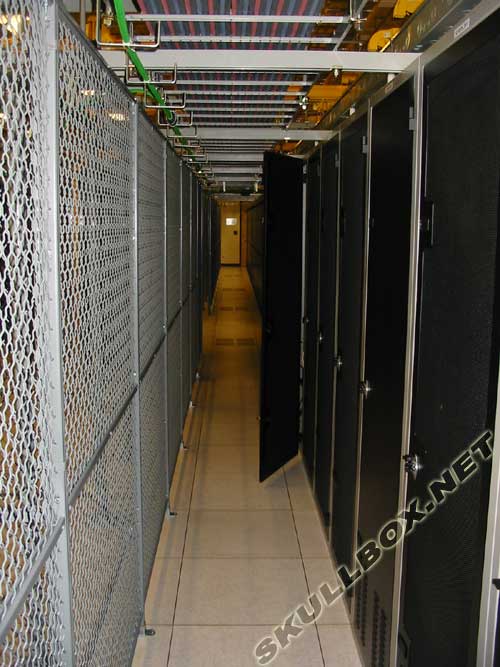
Physical and Remote Access
Depending on how much space you need you may be granted physical access to the data center. For the most part, everything can be done remotely except the initial installs. You usually won't have physical access if you only house 1 or 2 servers in a whole cabinet. This is a general security concern as other people have servers in the same cabinet. I wouldn't want someone else open the cabinet and pulling CAT5 cables that may or may not be their own. If you happen to have a hardware failure or other situation that requires physical access, the technicians in the DC will usually escort you the cabinet to monitor your activity and make sure you are only working on your own server(s). As part of OTW, I maintain several cabinets full of servers so I am granted 24/7 access with a swipe card and cabinet keys. The pictures in this article are from two data centers in Orlando, FL that I house equipment in. Here are some more
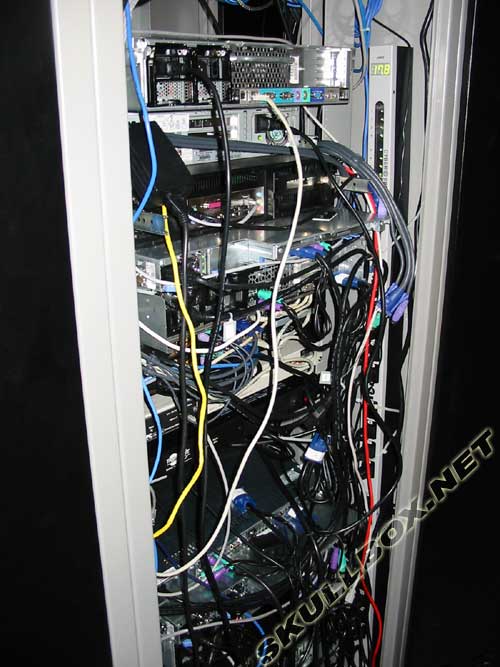
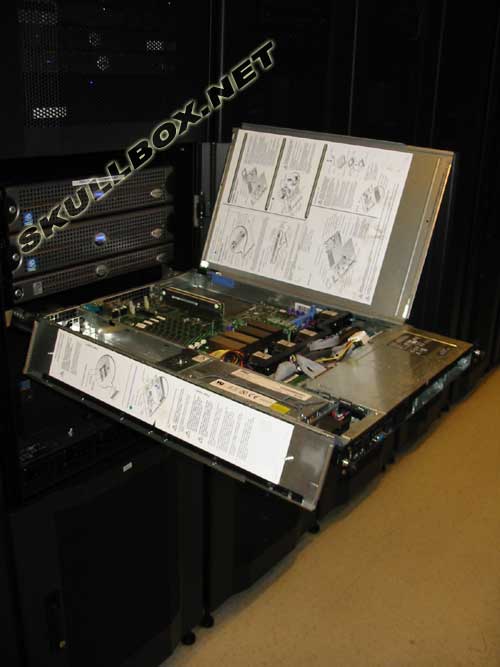
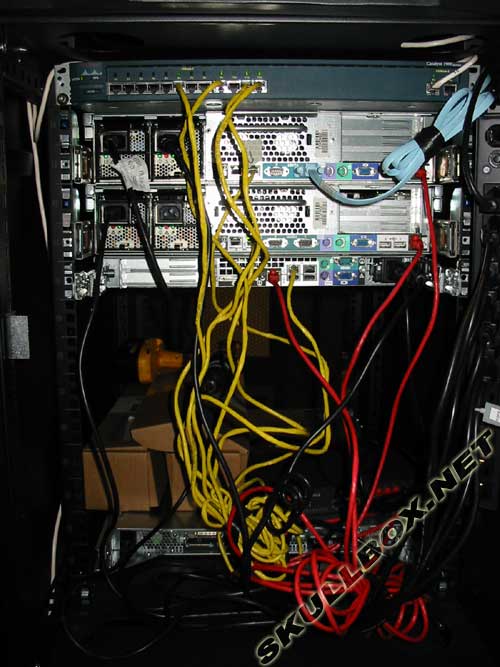
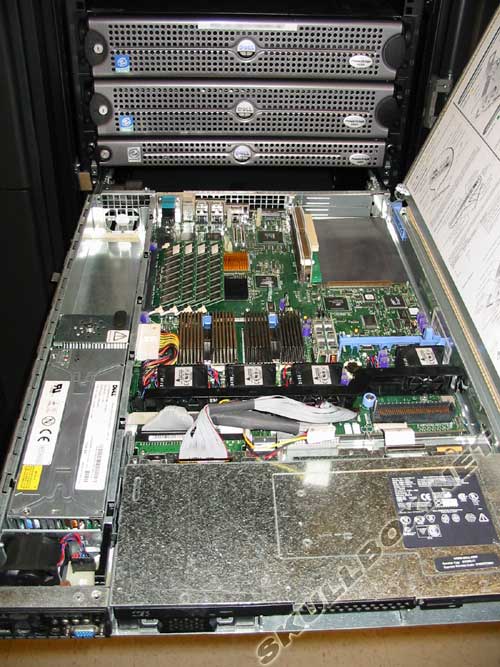



Colocation vs. Dedicated Server
Many people are confused by the terms dedicated server and colocation. They are very different and here is why. If you purchase a dedicated server, you have complete control over the server (admin or root access). However, you do not actually own the machine. The server is owned and provisioned by it's provider and they simply grant [you] control over it.
Colocation differs because you are providing your own machine. You can install any type hardware, OS, and/or software you wish. You have complete control over your own hardware and software.
However, there is a downside to colocation. In the event your server encounters a hardware failure, is hacked, or otherwise not operating properly, you usually don't have any type of support from the colocation provider. Bottom line, if you are going to colo, make sure you know what you're doing. I don't recommend colocation for anyone who has not had direct sys admin experience.
Colocation vs. T1 lines
Why should I go with colocation if I have a T1 line in my office? Personally, I take colocation over T1 lines any day of the week. The cheapest T1 lines in Florida are around $500/month. A full T1 will provide maximum transmission speeds of 1.54 Mbps. Colocation is fully burstable. The colocated for OTW, can reach speeds up to 10 Mbps. I've seen some top out at over 16 Mbps. If I were to purchase a 10 Mbps line to the office to hosts servers from there, it would cost well over $1000/month. I can colo my machines for only $100s/month. Not to mention that fact you get piece of mind with fire protection, restricted physical access, and redundant power. It's a no-brainer!
Words to the Wise
Don't cheap out! If you are going to colo a machine, don't go with a budget server! Spend the extra money, get something good, and make sure you get the rails!
Happy Colo-ing... (If that's even a word)
|
